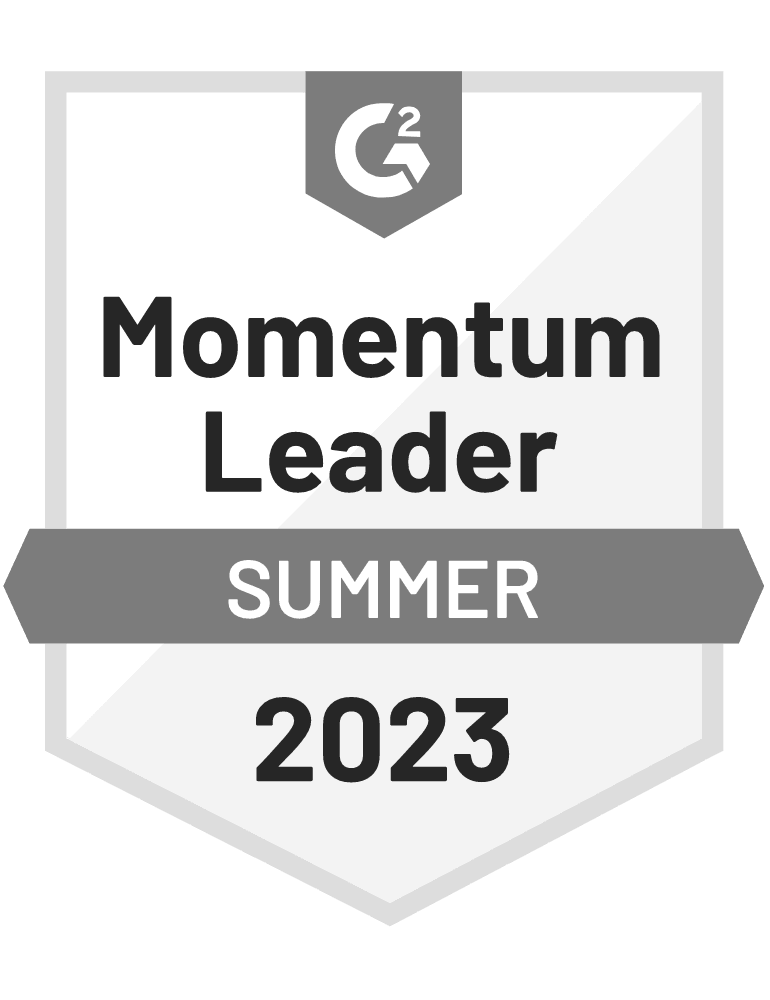As humans often what we say is not what we mean, in the same way, what we search for is not necessarily what we need or want to find, but Google is getting smarter, it is increasingly able to understand user search intent, and so now knows what we meant to search for, almost as if it is able to read your mind, and pick out what you meant to search for and then return the correct result.
Consequently, although this blog is about conversion rate optimization, we can no longer just write about conversion rate optimization (CRO) without mentioning search engine marketing (SEM) and SEO. Data from all three is needed to better understand the customer.
A Merging of SEM, CRO and SEO.
As a direct result of Google Search algorithm changes in 2018, search results are increasingly being prioritized according to search intent, rather than the search terms used. Consequently, we are seeing a confluence of SEM, CRO and SEO.
Previously business objectives determined the terminology focus for SEO research, this is as it always was, no change here, but what has changed is that SEO professionals can no longer increase the share of the search without considering CRO factors. This is where I need to introduce a core metric to measure, what I call “relevancy”.
What is search relevancy and why does it matter?
Over the last few years, I have noticed (as have other SEO professionals) that Google is increasingly prioritizing search results that directly answer the searchers search objective, rather than just the words or phrases used to search.
Google knows whether a searcher is happy with the result of their click because of metrics like user engagement, bounce rate, and time on page.
Consequently, results with low engagement fall in the rankings. Therefore it stands to reason that content creation must consider what the user is trying to accomplish by visiting your page. Therefore when I speak of relevancy I am referring to relevancy to the searchers objective, rather than relevancy in the terminology used.
What relevancy means for ecommerce?
To sell your product, keywords are no longer enough to optimize your content for google search. You need to consider what your products are used for and then create content for that interest. Every use case imaginable should be considered.
You can think of this process as an extension of the creating personas for your website and building a customer journey map. The difference here is that you are thinking of all the potential personas and their use cases for every product or service you are selling. Take a moment to let this sink in, it’s a huge task.
Content requirements
On a fundamental level, all of your content should be based on your understanding of what makes your customer buy your product and secondly, what makes your customers abandon their shopping cart (why they choose not to buy).
Your content must sell the product or service and address the pitfalls to avoid. Carefully think through the process by putting yourself in their shoes and ask the questions:-
- Why is the customer looking for this product or service (objective).
- What pain points are they experiencing by not having this solution (motivation)
- What are the consequences of NOT solving this problem (urgency)
- How does your product or service solves this problem. (anticipation)
- How to implement the use of the product (know how)
- The “after effect”, – the benefit of solving this particular problem (what the user is really buying)
Probably the most important consideration throughout the above 6 points is to consider the buyers emotion and how you might influence their emotion, not just through words but also in the form of pictures and video. Consider that EVERY buying decision is an emotional one.
Where CRO meets SEO
The above points are firmly within the realm of CRO, not SEO and yet SEO research must be used to assist with this task for optimal results. Even if search terms are no longer sufficient, they are still necessary because the search terms people use invariably point to the kinds of use cases that a product might have and there are often many use cases which you would otherwise never think of.
Additionally, once you have established a precise, likely user case and defined a customer journey map to work on, then SEO must come into the picture once again to determine terminology that should be used throughout the customer journey steps. So, what we are talking about here is creating a relevancy profile, groups of keywords for that use case, – for the product that together solve the potential customers (product or service) needs.
The Consequences of the Prioritization of Search Intent
- Specialization of ecommerce is one major consequence of increasing content relevancy requirements, purely because the overall keyword weighting of a website also influences Google search results for all content on that website. Leaving branding aside here, a topic specific product catelog will always outperform a catelog of less related items.
- Increased personalization is a natural byproduct of specialization. The quickest / best way to increase personalization is to understand your customers on a micro level, their fears, concerns and the best way to do this is to elicit feedback and AB test your assumptions. You need to put in place a process for analysing product use and the motivations of the buyers. Consumer Psychology is essential here and the understanding of the emotions behind the decision making process and this is usually different for every single product, it also varies from person to person and even between gender. Which in itself is another reason for increased specialization and personalization.
Personalization and Specialization go hand in hand.
How to Measure Product Relevancy
Through the use of Google Search console data you can determine:-
- Number of Keywords a product is ranking for
- Number of Clicks each of those keywords is generating. (relevant)
- Number of Keywords not generating any clicks (not relevant)
Even if you have a large selection of related products, as long as each product has a different keyword or phrase on the product page then Google can differentiate which one is generating the interest. Whether you use this data as just an indicator or a hard target, an increase in clicks is positive and a decrease is negative (sorry for stating the obvious).
By looking at a whole group of related products you can gain a better understanding of how to proceed with your CRO and SEO activities. Your meta description can be used as an indicator of what the users motivation might be.
Conclusion
It is only through specialization and personalization that websites can meet the growing demands of Google search. Key to increasing personalization is to understand that SEO is entirely dependent upon CRO and understanding customer motivation. Failing to understand customers and their requirements is the most common problem I have encountered over the last 10 years and it is getting worse as the customer demands and expectations increase. Every day businesses are failing because they don’t have the necessary personnel or skill sets for data analysis or to carry out conversion rate optimization effectively.
At the same time CRO is dependent on SEO and the use of the right group of words or phrases, terminology that is used in titles and subsequent paragraphs that acts as weigh points along the customer journey and down the conversion funnel.
The problem for CRO and SEO practitioners is how to identify the right content, stages and terminology for each product.
While measuring relevancy provides an indicator of the direction to take, the challenge is to create a systematic approach to testing users needs and interests throughout their journey. This can be achieved with an on-site messaging platform like OptiMonk, a SaaS product I choose to use due to its flexibility and simple pricing plans. There are dozens of blogs on the OptiMonk blog that address how to increase personalize content using their platform.












